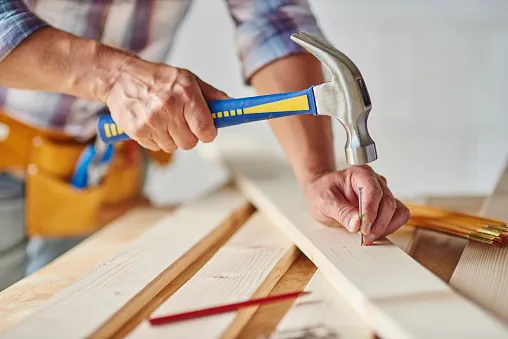
Plywood is most often made from fast-growing and renewable tree species such as pine and poplar. Very strong and stable, especially when used with materials like fiberglass. Highly durable, and non-porous, phenolic resin bench tops are chemically treated for resistance to even the harshest substances. They are ideal for labs and industrial applications, as well as anything involving chemical processing, food preparation, or exposure to corrosive substances. Made of thick black phenolic resin that is non-flammable, and non-absorbent.
MDF is also not fully biodegradable due to the resins and glues used in production. Lightweight, portable, and foldable, these tops are convenient for temporary workspaces and quick setups, such as trade shows, outdoor events, DIY projects, and mobile workstations. Folding workstand top is easy to set up and allows for easy storage. You can find pinewood all over the United States and Canada and several other countries worldwide. Since this wood is so readily available, it is cheap as well. This wood is easy to work on and takes nails and screws quickly, making it an excellent choice for a workbench top.
Or, you may have to plug a computer directly into the machine. A router-powered CNC machine works fine, but given the option and budget, go with a spindle for higher accuracy and longer life. Carving ordinary wood plaques and signs with large letters and numbers demands less precision than creating a detailed image (photo, above) or cutting out project parts that need a precise fit. Give yourself permission to buy a machine that offers less precision if the work you’ll be doing doesn’t demand tight tolerances.
We manufacture many types of heavy-duty workbenches with mild steel tops as well as engineering & welding workbenches. For our ESD worktops, we use a special ESD laminate or ESD rubber surface. These materials are chosen for their durability and resistance to chemicals and heat. They can be used as a standalone worktop or in combination with other ESD materials such as ESD mats or ESD wristbands. Like the laminate board above, melamine board is a type of engineered wood product made from particleboard or MDF that is then coated with a thin layer of melamine resin.
Teak wood is another hardwood option that is known for its resistance to the elements. This high-quality wood has a tight grain and is known for its durability, which is why it is popular for outdoor furniture and boat decks. If you are looking for a natural wood option that is highly affordable and aesthetically pleasing for your workshop, you can opt for a type of softwood such as pine or Douglas fir.
When it comes to selecting a workbench top for your workspace, one of the key decisions you’ll need to make is whether to choose wood or metal. Both materials have their own unique advantages and disadvantages, so it’s important to consider your specific needs before making a decision.
Selecting the right wood for your workbench top is vital for durability and function. Consider your specific needs and invest in quality material for a workbench that stands the test of time. The quest for the best wood for a workbench top takes a fascinating turn with exotic woods. These unique options don’t just offer utility; they bring a touch of global sophistication to your workspace. Outperforming standard choices in both looks and durability, exotic woods have become a prized selection for discerning craftsmen. Beech wood offers a balance of workability and affordability, ideal for those on a budget yet still seeking quality.
Wood Workbench Tops
Wood workbench tops are a popular choice for many craftsmen and DIY enthusiasts. They provide a traditional and classic look that can add warmth and character to any workshop. Wood workbench tops are also relatively easy to repair if they become damaged, as scratches and dents can often be sanded out and refinished.
However, wood workbench tops can be more susceptible to wear and tear over time compared to metal tops. They may require more frequent maintenance, such as sealing or staining, to prevent warping or splitting. Additionally, wood tops may not be as durable as metal when it comes to heavy-duty tasks or exposure to harsh chemicals.
Metal Workbench Tops
Metal workbench tops are known for their durability and strength. They are resistant to scratches, dents, and stains, making them ideal for heavy-duty use in industrial settings. Metal tops are also easy to clean and maintain, requiring minimal upkeep to keep them looking new.
One potential downside of metal workbench tops is their tendency to be cold to the touch, which can be uncomfortable during colder months. They also lack the natural aesthetic appeal of wood tops, which may be a consideration for those looking to create a cozier workspace.
Conclusion
Ultimately, the choice between a wood and metal workbench top will depend on your specific needs and preferences. If you prioritize aesthetics and don’t mind a little extra maintenance, a wood top may be the way to go. If durability and low maintenance are more important to you, a metal top might be the better option. Whichever you choose, ensure that it suits your workflow and enhances your overall workspace experience.




